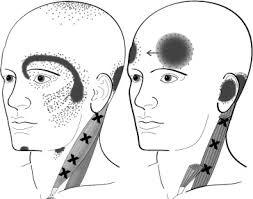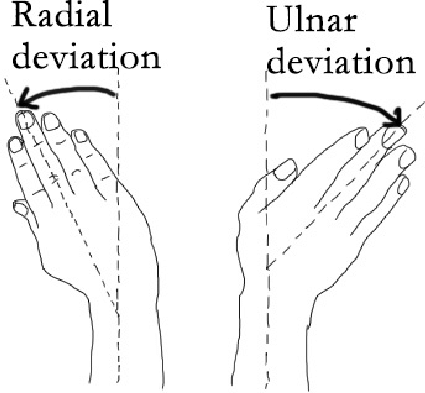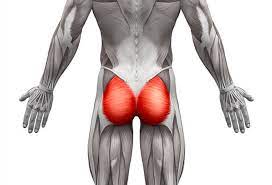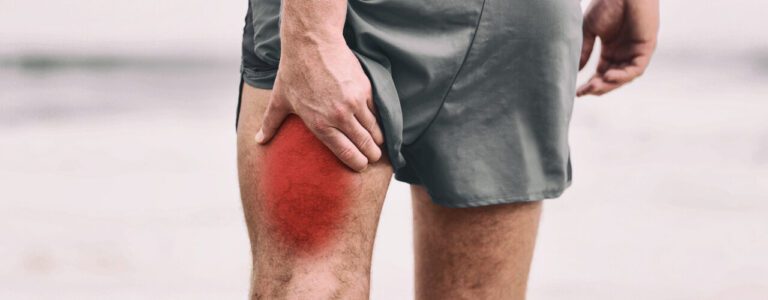Home exercises for cervicogenic headache
- Cervicogenic headaches are caused by dysfunction(s) in your neck. Home Exercise is the best option to recover naturally from cervicogenic headaches.
- A cervicogenic headache takes place when your upper cervical spine – your neck –sends pain into your head via the local nervous system.
- It is a chronic headache that starts from the atlantooccipital and upper cervical joints and is perceived in one or more areas of the head and face.
- It is usually related to decreased range of motion (ROM) of the neck.
- These headaches can start rapidly with an injury or can develop over time from prolonged poor posture, degenerative arthritis, or decreased cervical muscle strength or length.
- Cervicogenic headache is mainly caused due to poor posture e.g. forward head posture
- In cervicogenic headache, you might have symptoms like throbbing head pain, dizziness, decreased range of motion in the neck, spasm of paraspinal neck muscles pain, and stiffness in the neck, and sometimes pain may radiate from the upper trapezius to shoulder and sometimes arm region.
Table of Contents
Health benefits of a home exercise for cervicogenic headache:
The followings are the health benefits of home exercise for cervicogenic headaches:
- Relieve headache
- Relieve neck pain
- Getting relief from neck muscle spasms
- Improves your posture
- Relax your neck muscles
- Strengthen the cervical muscles
- Stretch the neck muscles
Home exercises for cervicogenic headache :
- Chin Tucks
- Upper Trapezius Stretching
- Cat-Cow Stretch
- Turn Head Side To Side
- Scapular Retraction
- Stretching of shoulder blade muscle
Chin tucks:
- Sit with the back straight on a chair or stool.
- Put a finger on the chin.
- Without moving the finger, tuck the chin and head straight back until a good stretch is felt at the base of the head and top of the neck. (There should now be some distance between the chin and finger.)
- Hold for 5-10 seconds if possible.
- Bring the chin forward once more to the finger.
- Repeat for a total of 8-10 times.
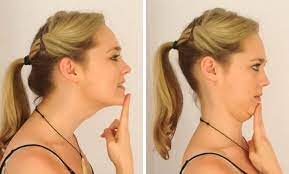
Upper Trapezius Stretching:
- Start by sitting or standing upright.
- Place your right ear down to your right shoulder. Do not let your right shoulder elevate up to meet the ear and make sure the left shoulder does not elevate either.
- Staying in this position, take the right hand and take it up and over the top of the left side of the head. Slowly pull the head to the right, and you should feel a pull along the left shoulder and neck.
- Hold this position for 20-30 seconds and then return to mid-line.
- Repeat this exercise on the other side. Repeat 2-3 times on each side.
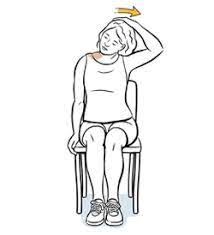
Cat-Cow Stretch:
- Start with hands and knees on the floor, with knees under hips, and wrists under shoulders. Begin in a neutral spine position, with the back flat and abdominal muscles engaged.
- Inhale and let your back arch, raising your head and tailbone.
- Then exhale while curving your spine up to the ceiling, pulling abdominals towards the spine, and simultaneously tucking the tailbone in and tucking the chin towards the chest.
- Repeat these two positions while inhaling and exhaling. Repeat for 30-60 seconds.

Turn Head Side To Side:
- Begin by standing straight.
- Rotate your head to the right and look over your right shoulder until you no longer can then hold this position for 10 seconds.
- Back to facing forward then repeat on the left side.
- Repeat this sequence 3-4 times on each side.
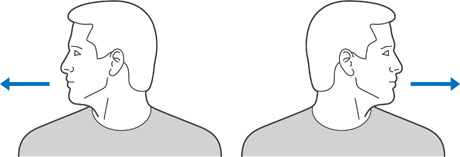
Scapular Retraction:
- Begin with relaxing the tops of your shoulders, assume there is a tennis ball located between your shoulder blades, then pinch your shoulder blades together to squeeze the “ball”.
- Repeat 8-10 times every hour.
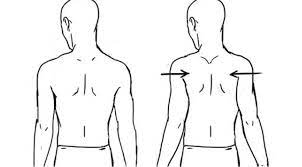
Stretching of shoulder blade muscle:
- Sit or stand straight, then bring your left arm in front of your chest to stretch the left side shoulder blade muscle.
- Then, hold the elbow with your right hand and press it towards the chest.
- You should feel a comfortable stretch on the shoulder blade muscle, hold this position for 20-30 seconds and then relax.
- Now repeat the process on another side. Do it 3 to 5 times in a session.
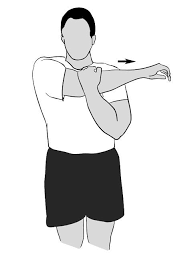
Precaution:
- Don’t hold your breath during performing the exercise.
- Stop if your pain gets worse.
- Avoid any jerky motion of the neck.
When not to do these exercises:
- Any recent injury of the neck, shoulder, or upper back.
- Any recent surgery of the neck or shoulder.
- If your doctor advised you to take rest.
FAQ
Mainly cervicogenic headache is caused by poor posture so with exercises you can correct the posture and strengthen your neck muscles.
Stretching and exercising the neck help it maintain mobility and better support the head. A strong and flexible neck functions better and is less chance to become painful, which may also reduce the risk of associated dizziness.
If this occurs you should avoid exercises and consult a doctor.

